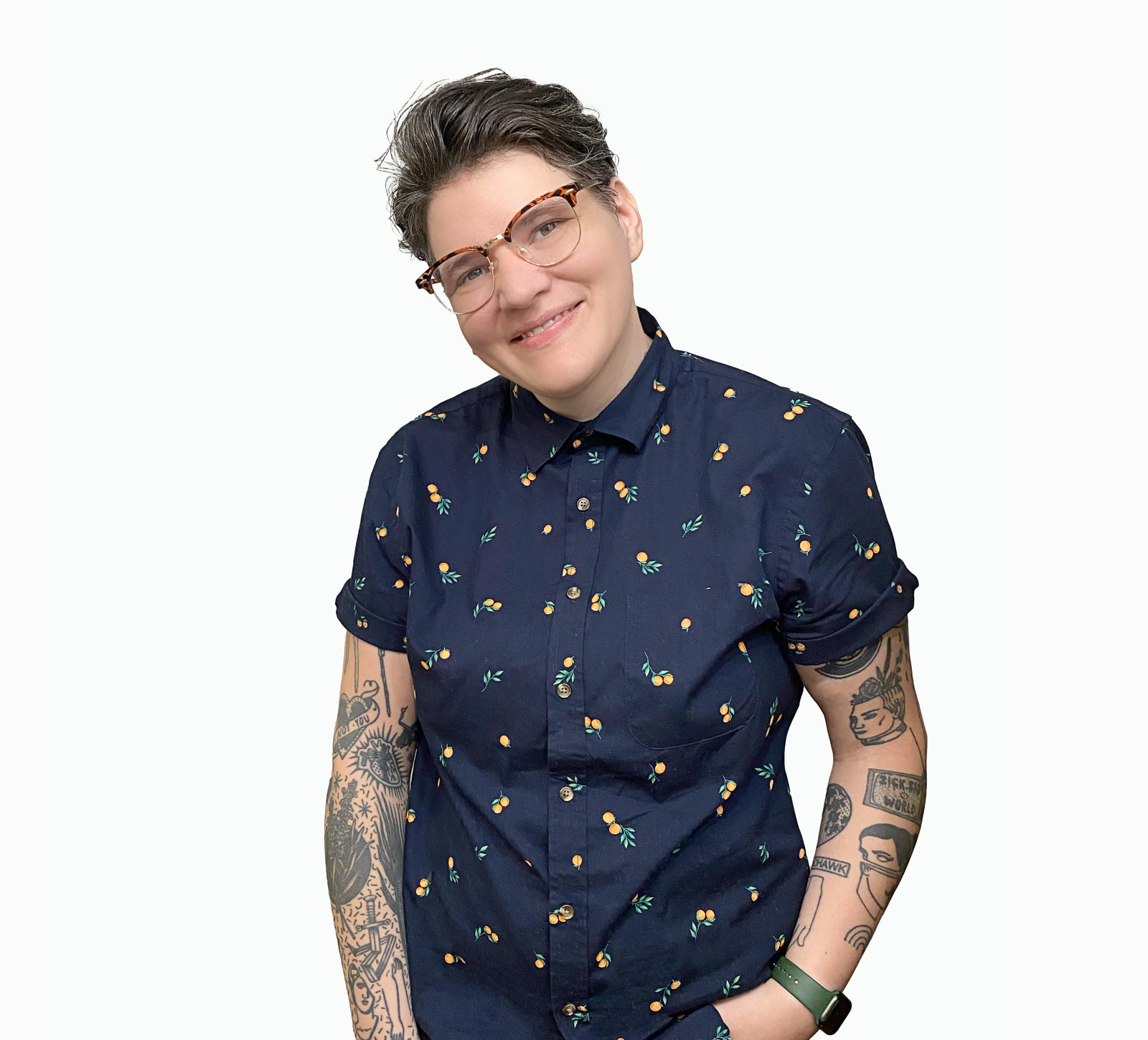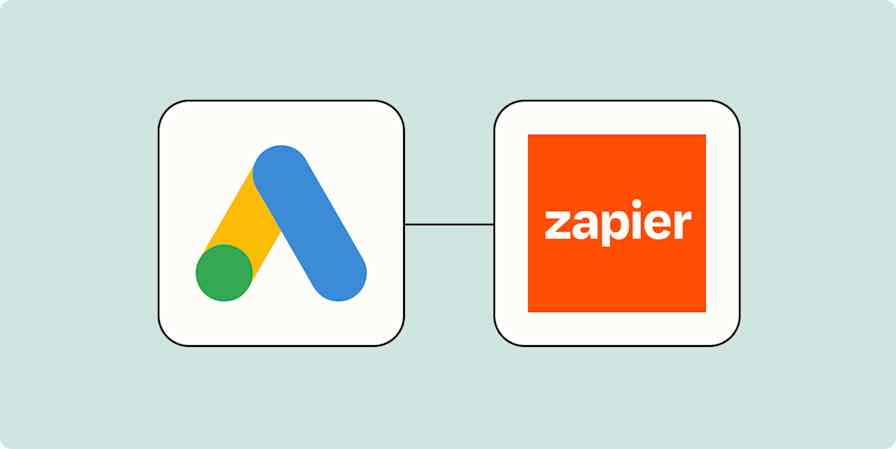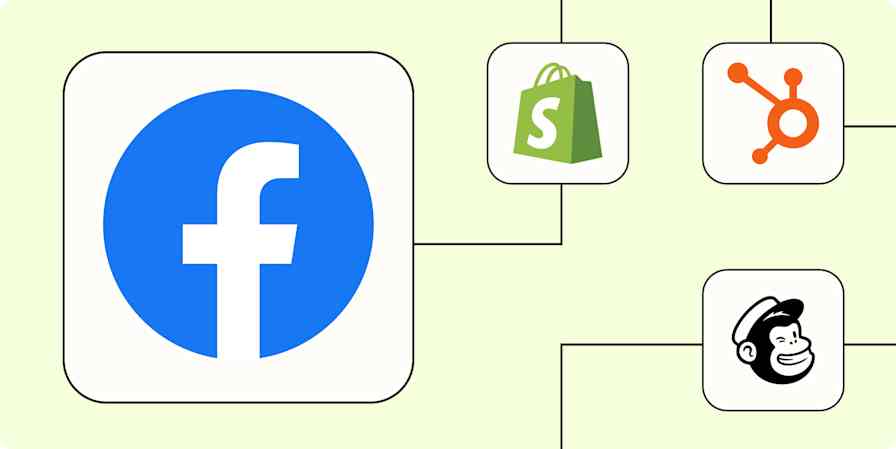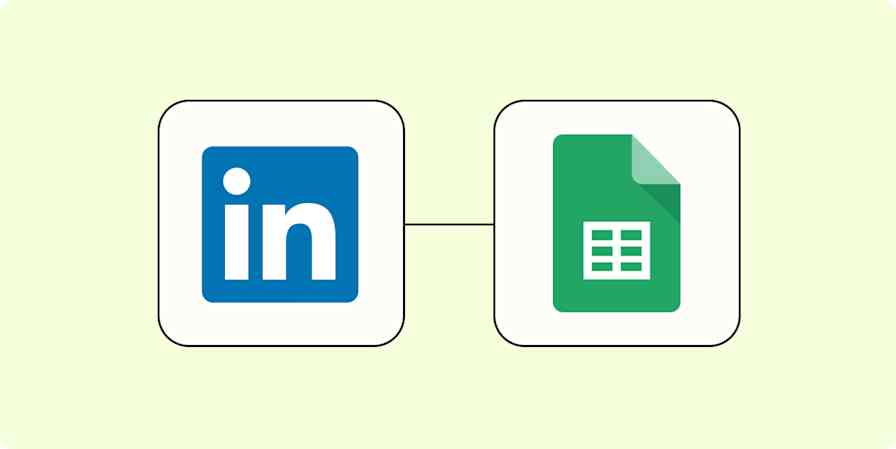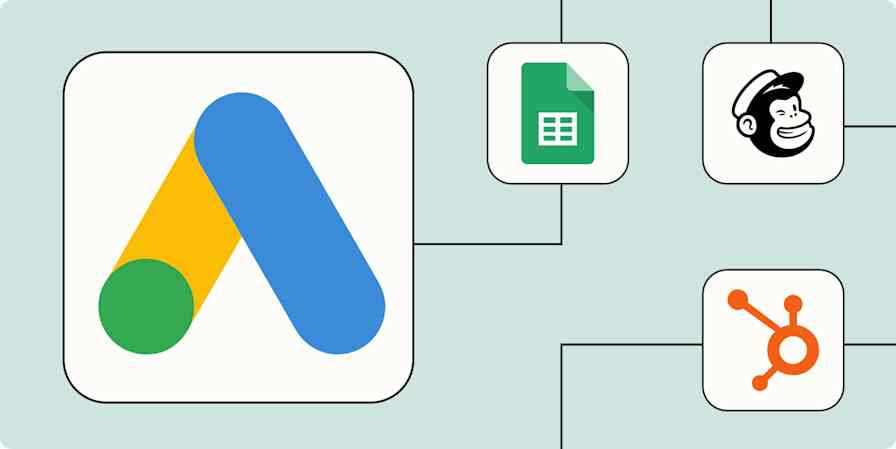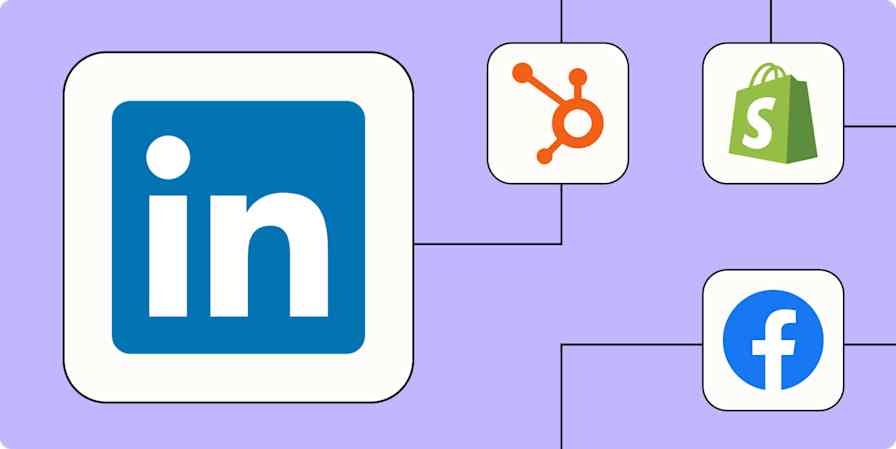Marketing tips
12 min readGoogle Ads vs. Facebook ads: Which is best for your business? [2025]
By Allisa Boulette · January 13, 2025

Get productivity tips delivered straight to your inbox
We’ll email you 1-3 times per week—and never share your information.
Related articles
Improve your productivity automatically. Use Zapier to get your apps working together.

